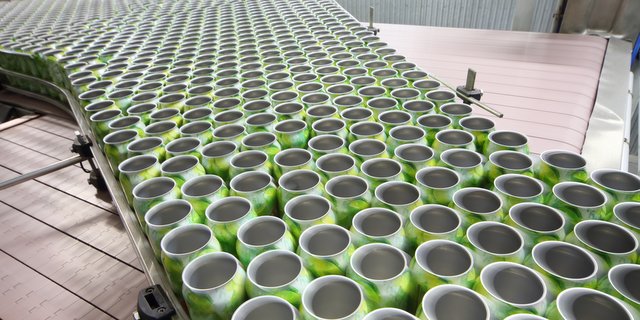
During the pandemic, virtually every brewery and beverage company around the world simultaneously scrambled to can their product and get it on the shelf. That demand for cans skyrocketed at the same time manufacturers were working with skeleton crew, and by June 2020, the industry had passed the tipping point and was suffering from a nationwide aluminum can shortage.
The shortage actually had deeper roots, starting nearly a decade ago as beer packaging has steadily shifted away from bottles to favor cans. Aluminum manufacturers could barely keep up with industry demand pre-pandemic, and according to CNN, between 2010 and 2019, canned beer production increased from 50% to 60%. Today, the figure is more like 67%, meaning two-thirds of all beer on the market comes in a can — and that statistic is only going to continue to rise in the near and long-term.
Enter the Hard Seltzer Craze
Putting even more pressure on the dwindling stock of cans was the massive popularity of hard seltzer. Ball Corp, the world’s largest maker of aluminum cans, confirmed that demand has sharply risen for the signature, sleek-style, tall aluminum cans used for most hard seltzers. Producers of Truly Hard Seltzer, which is owned by Boston Beer Co., recently reported that their stockpile of these tall cans was running dangerously low.
Crisis? What Crisis?
While the can shortage was being felt by breweries across the country in different markets at different times, suppliers were placating their customers by claiming there was no shortage, and that no shortage was imminent. Trusting their suppliers, these breweries produced enough product to fulfill their normal orders, falsely believing inventories would loosen up.
Unfortunately, this wasn’t the case. Between the summer and winter of 2020, the can shortage, in fact, worsened. Can buyers had stopped taking orders by early December and the industry coined the debacle as ‘The Candemic’. Some breweries, desperate to package beer turned to the overseas market. Some were able to procure cans, but not always the matching lids. In many cases, they were accepting cans that were different colors, or already printed.
The Can Manufacturers Institute estimated that 2 billion empty cans were imported during this time.
Explosive Results
Today, breweries are pushing the boundaries with new techniques such as adding nitrogen “nitro”, or ingredients like bacteria to their sour beers which can cause secondary fermentation leading to swelling, or in rare cases – explosion of the can.
The mixing and matching of cans and lids manufactured in different countries, with various materials, and using different specs and standards, has had some instant and terrifying results. Stories of exploding cans began to emerge worldwide.
Even as the can shortage began to ease in early 2021, other supply chain issues like lack of truck drivers, carbonation shortage, backlog in label printing, and low storage availability further delayed, or prevented deliveries.
Prospects for the 2021 Summer Beer-Can Season
Many brewers were facing the grim reality they couldn’t consistently get their beer to market. A terrible hand dealt on the heels of an already devastating year. It became quickly evident these businesses could not survive long without cans, and their fate was actually hinging on receiving this packaging.
In February, Bob Pease, President/CEO of the Brewers Association penned an urgent letter to can manufacturers and the Can Manufacturers Institute, requesting for immediate allocation of adequate can supply. His words called for transparency and better communication to help fix the imbalance between aluminum can supply and demand.
Can manufacturers caught-up between March and June, and everything smoothed-out.
During this time, large breweries with the financial and storage means gobbled-up large inventories of the blank silver cans, known as “bright”. This coupled with the manufacturing schedule running directly into the peak summer months, where canned beverages are already at their all-time highest demand for the year.
These factors brewed-up a perfect storm, and has the industry facing yet again, another can shortage, and just one year from when it began.
Plans this year for new US aluminum manufacturing plants in Georgia, Pennsylvania, and Texas will help balance out the shortage, but just how long will it take – that’s the real question now.
Some Can(did) Advice:
Monitor the situation closely, manage your SKUs, and stock-up on cans as they become available to you. The rise of Ready-To–Drink (RTD) canned beverages in 2022 will be yet another new variable, and inevitable drain on the current availability of aluminum cans.
– – – –
Jim McCune is a craft beer expert and director of the Craft Beverage Division of EGC Group.

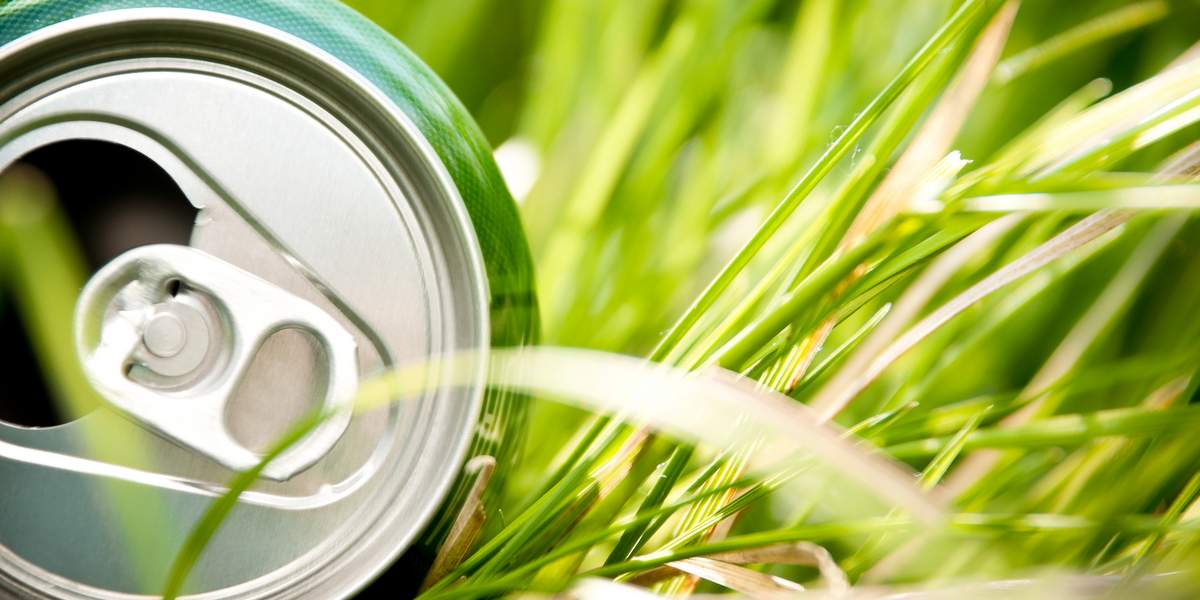
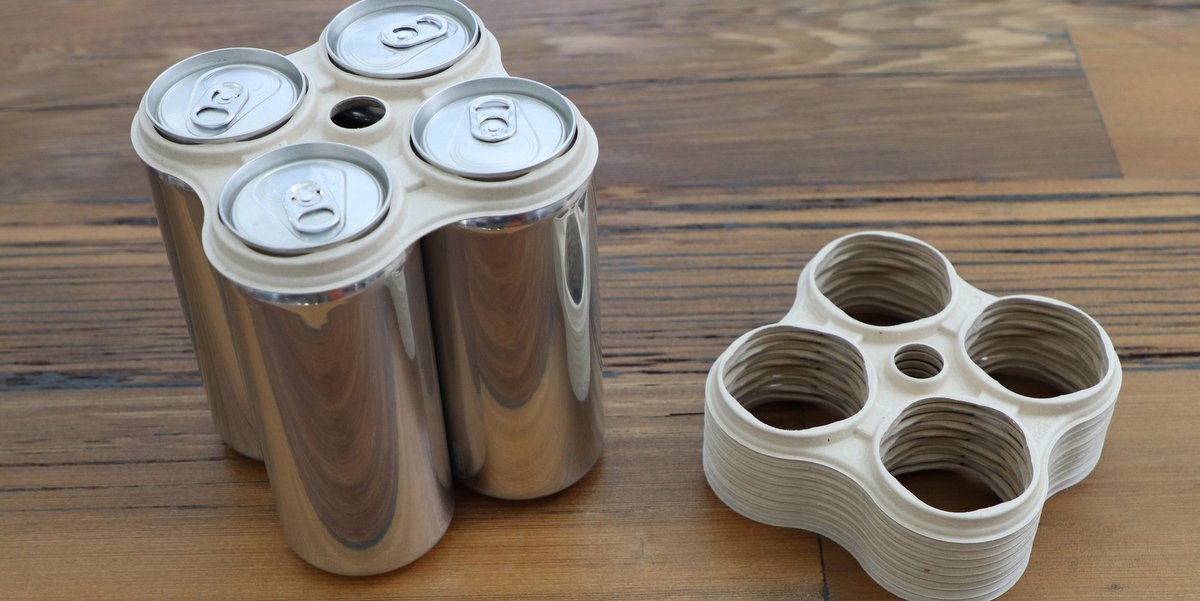
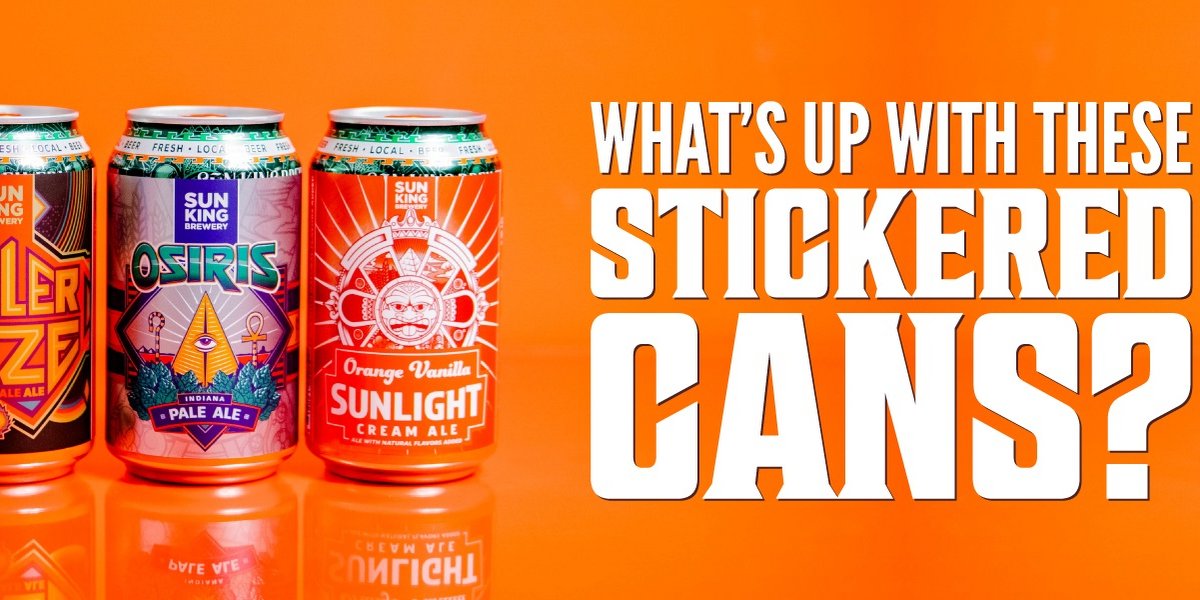
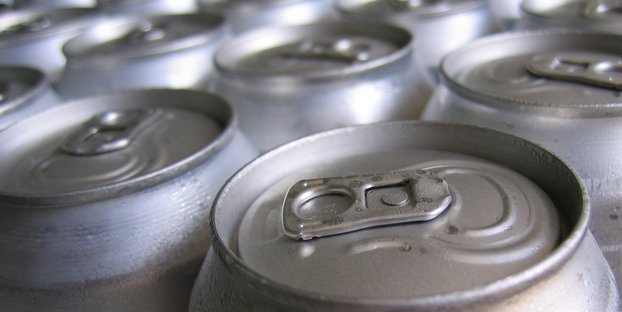
Jim Snider says
CANtastic. Interestingly just bought some cans in Toronto, and saw them in Quebec last week, with an unusual plant code I didn’t recognize. The President of the division confirmed that due to NA plants running flat out they brought these cans in from the Middle East.